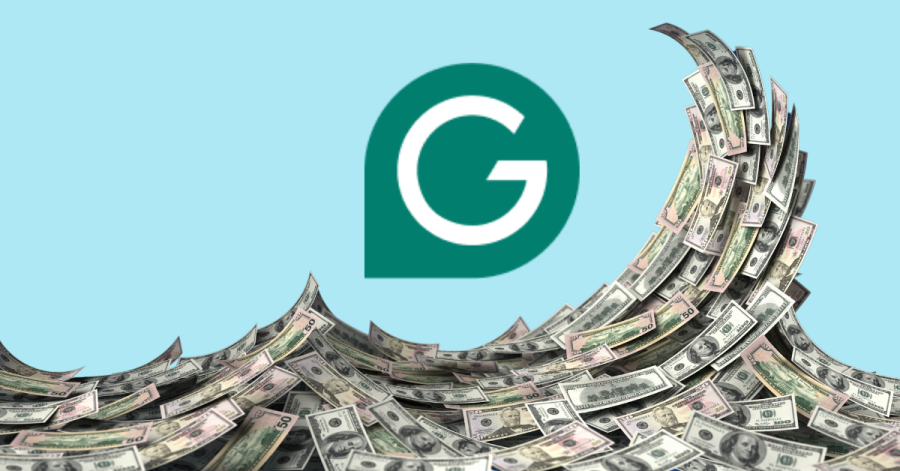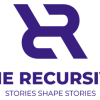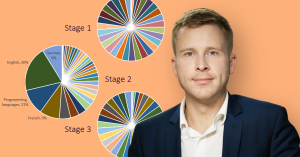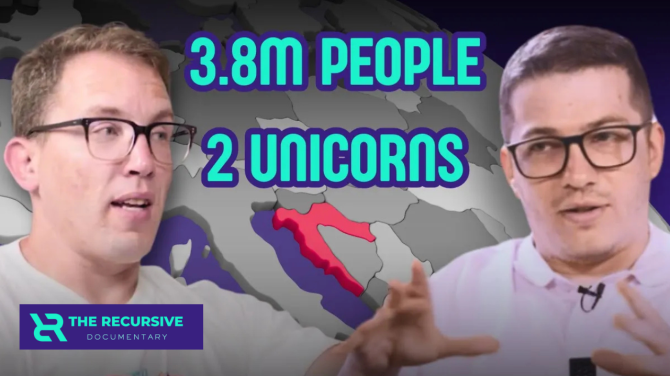Grammarly announced on May 29th that it had secured a $1 billion non-dilutive growth financing package from General Catalyst’s Customer Value Fund (CVF).
Famous grammar assistant from Ukraine won’t be giving additional equity in this deal. The structure is actually closer to revenue-based financing than to a traditional equity round. General Catalyst receives a capped return that scales with the revenue Grammarly generates from deploying the capital, but it does not take additional equity. That will leave the company’s last formal valuation of $13 billion (set in 2021) untouched.
Grammarly remains profitable with annual revenue now “well above $700 million,” giving both parties confidence that the revenue share can be serviced without sacrificing growth.
General Catalyst says the money will be channelled into three areas: (1) accelerating product development as Grammarly evolves from a single writing assistant into a broader AI-productivity platform, (2) strategic M&A, and (3) stepped-up sales and marketing to reach more of the firm’s 40 million daily users.
For General Catalyst (GC), the deal is also a homecoming. It led Grammarly’s first outside investment back in 2017 and returned for later rounds, so the CVF lets it deepen its exposure while offering Grammarly capital that won’t re-price existing shareholders.
Grammarly’s leadership, newly joined by Coda co-founder Shishir Mehrotra as CEO, frames the funding as “fuel for a platform shift”—one that lets the company buy, build, or partner for complementary AI agents while its gearing towards IPO.
How Grammarly got here
Ukrainian roots and the long bootstrap (2009-2016)
Grammarly was founded in Kyiv in 2009 by Max Lytvyn, Alex Shevchenko and Dmytro Lider. The trio initially bootstrapped a subscription grammar-checker aimed at academics before pivoting to a freemium browser extension and cloud editor that put real-time suggestions in Gmail, Word, and later Google Docs. By 2015 the product had crossed one million daily users, validating a go-to-market model that could scale without heavy paid acquisition.
First institutional capital and the freemium flywheel (2017-2018)
After eight profitable years, Grammarly raised its first outside money—$110 million—led by General Catalyst, IVP and Spark Capital in May 2017. The cash was earmarked for building out a mobile keyboard and pushing deeper into enterprise accounts, moves that tightened the freemium loop by putting Grammarly everywhere people write.
An enterprise push (2019)
Two years later the company topped up with a $90 million round, again led by existing investors. The proceeds funded a tone-detection engine and the formal launch of Grammarly Business, shifting the narrative from a consumer “spell-checker on steroids” to a SaaS communication suite that charged by seat.
The unicorn-plus round (2021)
In November 2021, fresh capital from Baillie Gifford and BlackRock—just over $200 million—pushed Grammarly’s valuation to $13 billion. The company now had 30 million daily users and a rapidly expanding paid base, making it one of the few bootstrapped-then-VC-backed stories to leapfrog directly into decacorn territory.
Generative AI and product breadth (2023)
March 2023 marked Grammarly’s entrance into large-language-model territory with GrammarlyGO, a contextual generative-AI layer that can draft, rewrite and ideate content in the user’s own voice. This signalled a shift from error-correction toward end-to-end communication assistance—and laid the groundwork for the “agent platform” strategy the 2025 financing now accelerates.
Strategic M&A and new leadership (2024-early 2025)
To broaden its canvas beyond writing, Grammarly agreed in December 2024 to acquire collaborative-docs pioneer Coda and install its CEO, Shishir Mehrotra, at the helm. The deal (terms undisclosed) brought a rich canvas, database and workflow engine under Grammarly’s umbrella—exactly the kind of complementary surface area an AI-agent ecosystem needs. Reuters’ coverage confirms that the Coda integration is already influencing the company’s platform roadmap.








